
Photo Editing Tips for Beginners
Elevate the quality of your images.
In the age of smartphones and social media, everyone wants their photos to look perfect. Whether it's a stunning landscape or a candid selfie, photo editing can make a significant difference in enhancing the overall appeal of your images. If you're new to the world of photo editing and don't know where to begin, worry not! In this article, we'll share some valuable tips to help beginners improve their editing skills and take their photos to the next level.
1. Choose the Right Software
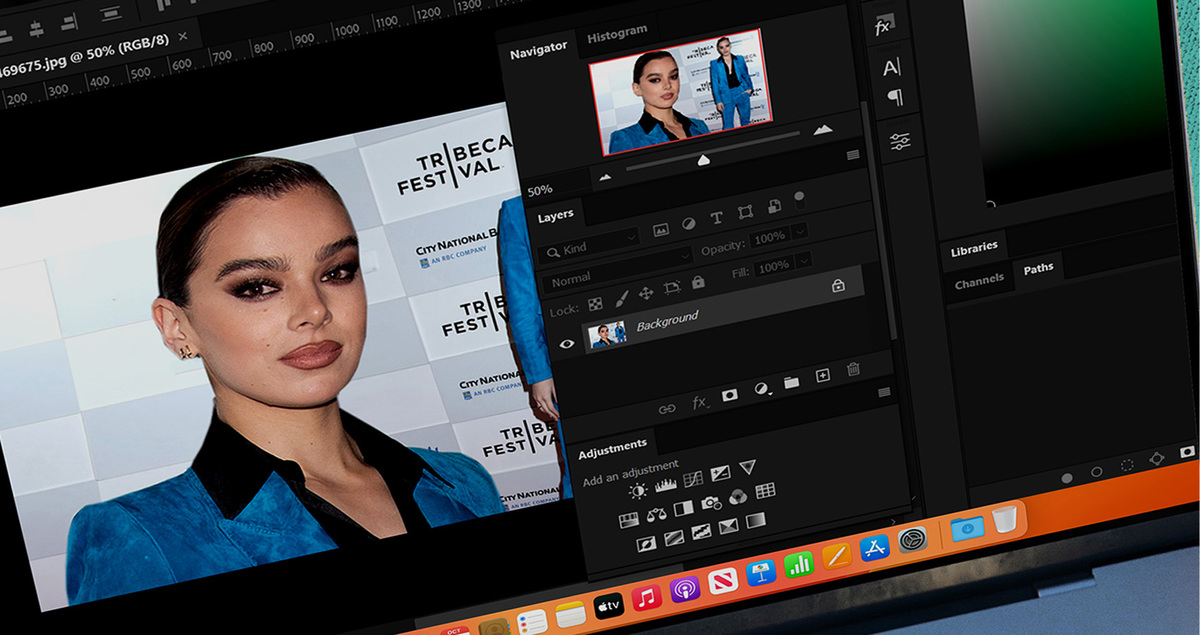
There are numerous photo editing software options available, ranging from basic mobile apps to professional desktop programs. As a beginner, it's best to start with user-friendly tools such as Adobe Lightroom or Snapseed. These applications offer a wide range of editing features while maintaining a simple and intuitive interface. Alternatively, you can also explore the convenience of an online photo editor, like Skylum's online photo editor, or enhance your skills with ABS Photography, which allows you to edit your photos directly in your web browser.
which allows you to edit your photos directly in your web browser.
2. Understand Basic Adjustments
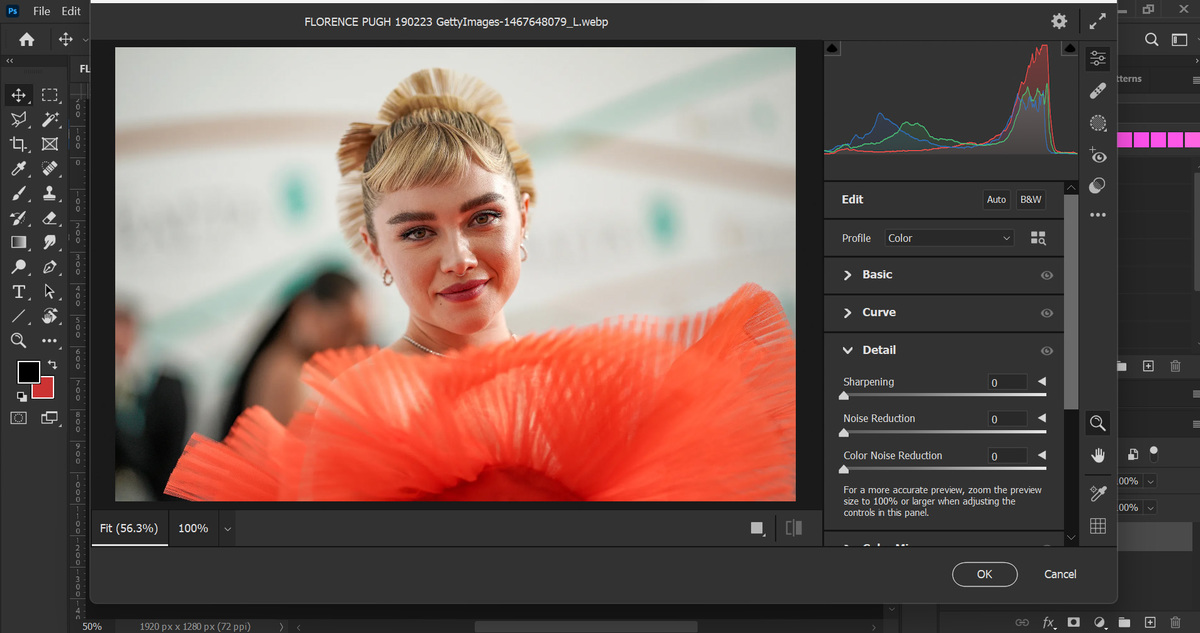
Familiarize yourself with the fundamental editing adjustments such as exposure, contrast, saturation, and white balance. These adjustments allow you to control the brightness, color, and overall tone of your photos. Experiment with each adjustment to understand their impact on the image and find the right balance.
3. Crop and Straighten
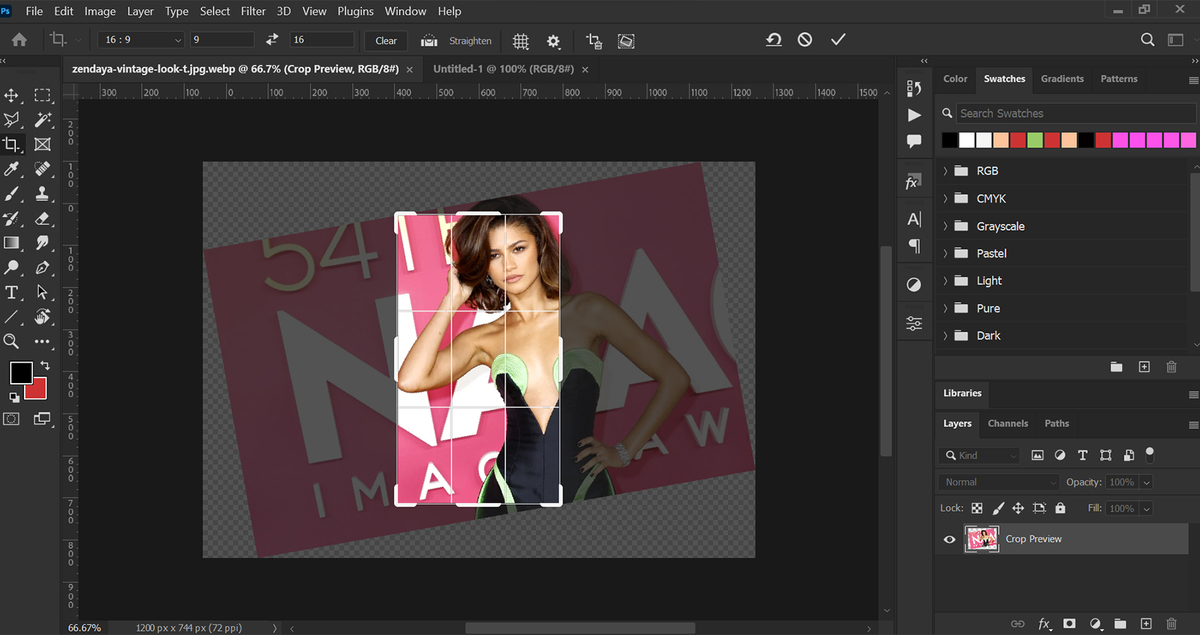
Sometimes, a photo can benefit from a little cropping and straightening. Use the cropping tool to remove unwanted distractions and improve the composition of your image. Straighten any crooked horizons or lines to give your photo a polished look.
4. Use Presets

Presets are pre-defined sets of editing adjustments that can be applied to your photos with a single click. They are a great way to quickly enhance your images and give them a consistent style. Many editing software programs offer built-in presets, just like Lightroom. You can also find websites that offer the best Lightroom presets, which you can easily download.
5. Don't Overdo Filters
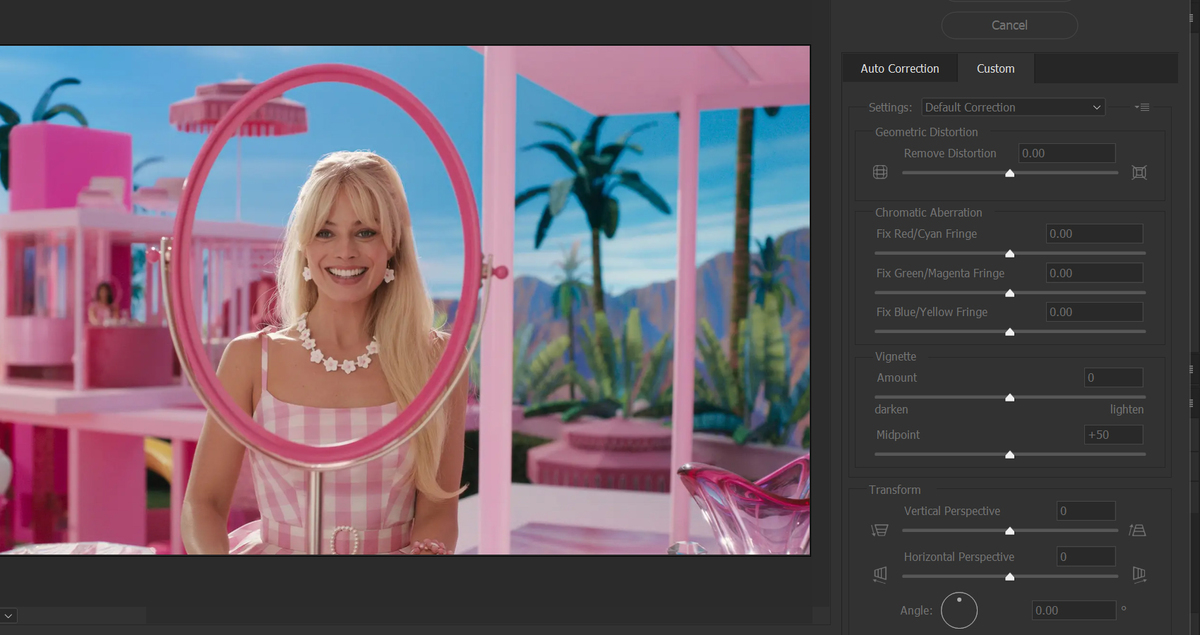
Filters can add a unique aesthetic to your photos, but it's crucial not to go overboard. Apply filters subtly and use them to enhance the mood or highlight certain aspects of your image. Remember, moderation is the key.
6. Experiment with Color Grading
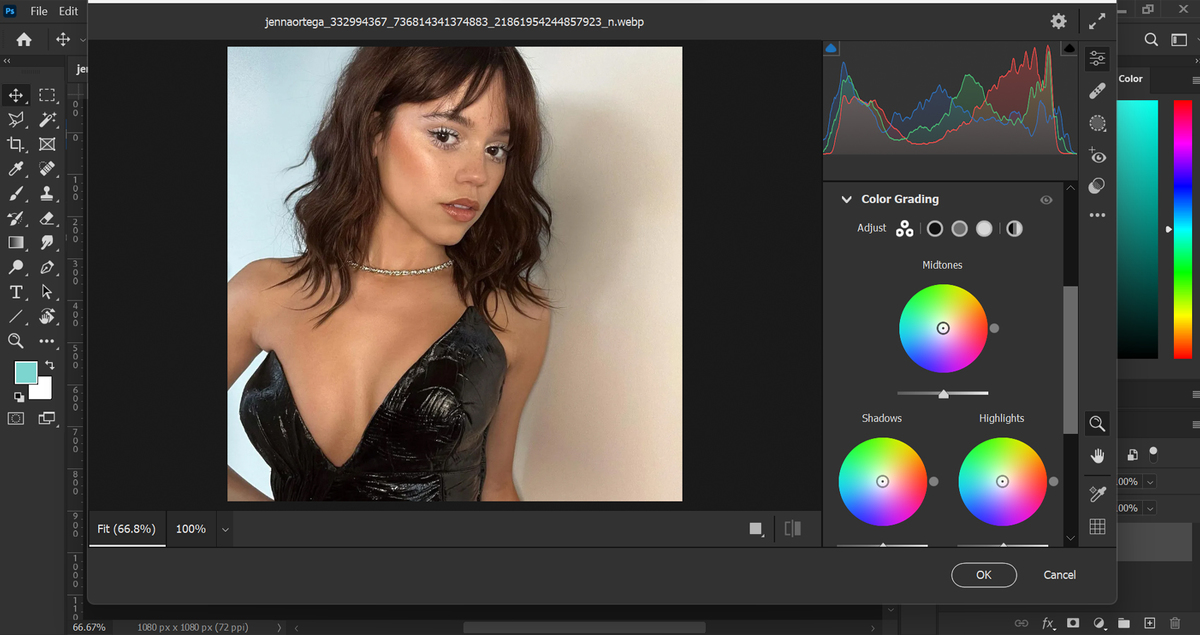
Color grading can transform the overall look and feel of your photos. Play around with the color sliders to achieve the desired effect. For instance, you can create a warm and cozy atmosphere by increasing the orange and yellow tones, or a cool and moody vibe by emphasizing blues and greens.
7. Retouch Wisely
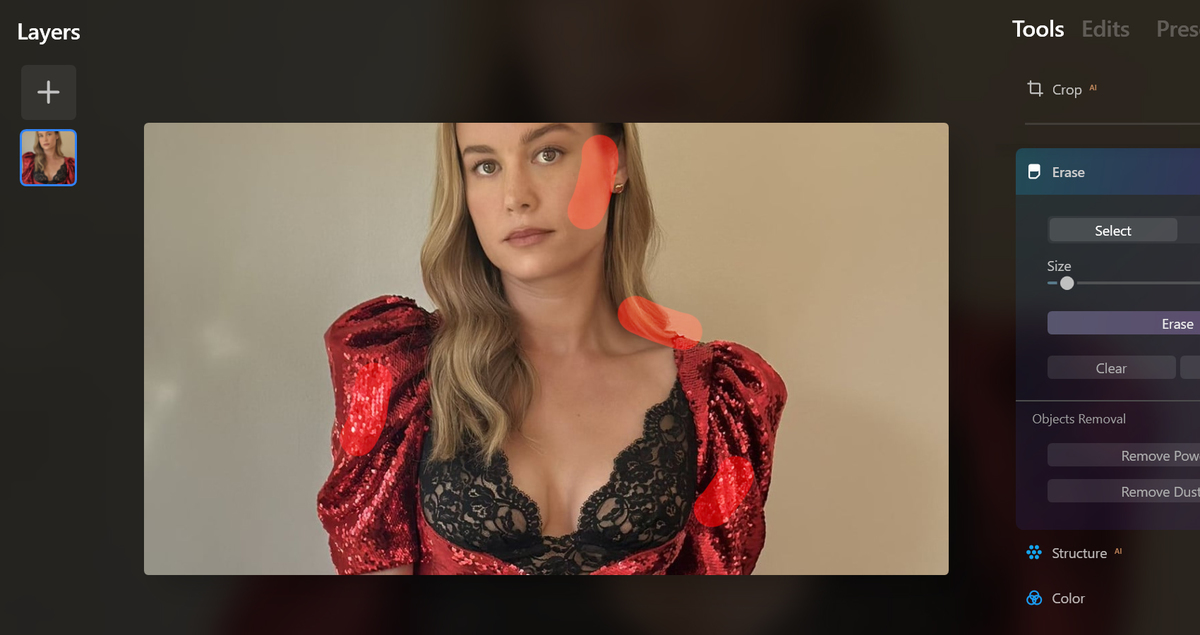
Retouching allows you to remove imperfections or make subtle adjustments to your subject. Be cautious not to go overboard with retouching, as it can make your photo look unnatural. Use tools like the healing brush or clone stamp to remove minor blemishes or distractions, and remember to preserve the natural texture and details.
8. Learn from Others

The world of photo editing is vast and ever evolving. Take inspiration from other photographers and learn from their editing techniques. You can find tutorials, online courses, or even join photography communities where you can exchange ideas and receive feedback on your work.
9. Save and Export Correctly
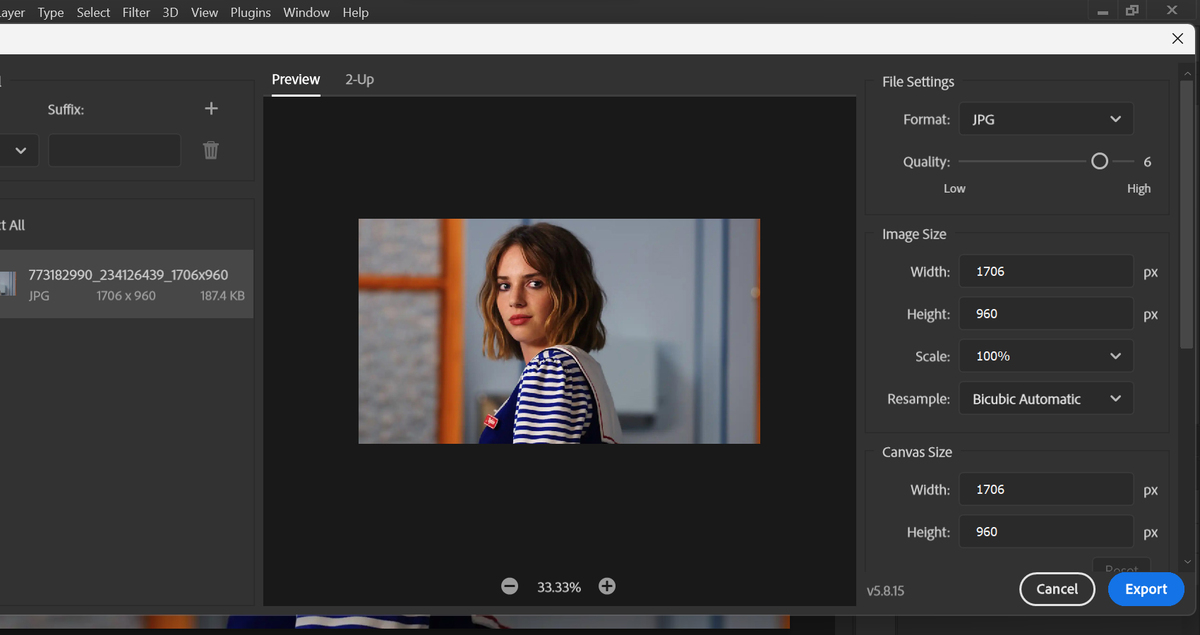
After you've spent time perfecting your photo, don't forget to save your work in a high-quality format. JPEG is suitable for online sharing, but if you plan to print your photos, consider saving them in a lossless format like TIFF or PNG to preserve maximum quality.
10. Practice and Have Fun

Photo editing, like any skill, requires practice. The more you experiment and explore different editing techniques, the better you'll become. Don't be afraid to make mistakes and enjoy the creative process.
Remember, photo editing is subjective, and there are no strict rules. These tips serve as a starting point for beginners, but feel free to develop your style and experiment with different techniques. With time, practice, and a dash of creativity, you'll be able to transform your photos into captivating works of art. Happy editing!











